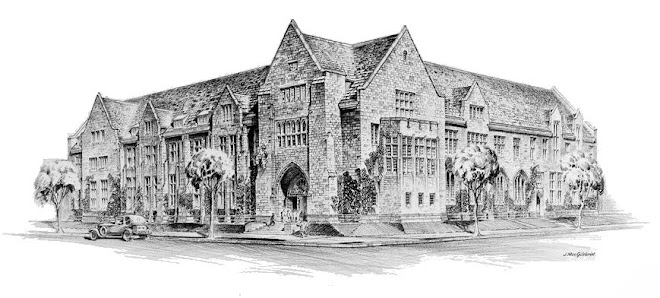For those of you who want to review the architecture, reliefs, and inscriptions from Karnak and Luxor temples, you can download the volumes of the Oriental Institute's Epigraphic Survey from the OI
website:
Karnak
OIP 106. The Great Hypostyle Hall at Karnak, Volume 1, Part 1: The Wall Reliefs. By Harold Hayden Nelson. Edited by William J. Murnane. Originally published in 1981.
OIP 107. Reliefs and Inscriptions at Karnak, Volume IV: The Battle Reliefs of King Sety I. The Epigraphic Survey. Originally published in 1986.
OIP 74. Reliefs and Inscriptions at Karnak, Volume III. The Bubastite Portal. By the Epigraphic Survey. Originally published in 1954.
OIP 35. Reliefs and Inscriptions at Karnak, Volume II. Ramses III's Temple within the Great Inclosure of Amon, Part II; and Ramses III's Temple in the Precinct of Mut. By The Epigraphic Survey. Originally published in 1936.
OIP 25. Reliefs and Inscriptions at Karnak, Volume I. Ramses III's Temple with the Great Inclosure of Amon, Part I. The Epigraphic Survey. Originally published in 1936.
OIP 123. Temple of Khonsu, Volume 3. The Graffiti on the Khonsu Temple Roof at Karnak: A Manifestation of Personal Piety. Helen Jacquet-Gordon. 2003.
Luxor
OIP 116. Reliefs and Inscriptions at Luxor Temple, Volume 2: The Facade, Portals, Upper Register Scenes, Columns, Marginalia, and Statuary in the Colonnade Hall. The Epigraphic Survey. 1998.
OIP 112. Reliefs and Inscriptions at Luxor Temple, Volume 1: The Festival Procession of Opet in the Colonnade Hall. The Epigraphic Survey. 1994.













.jpg)


.jpg)





















.jpg)


